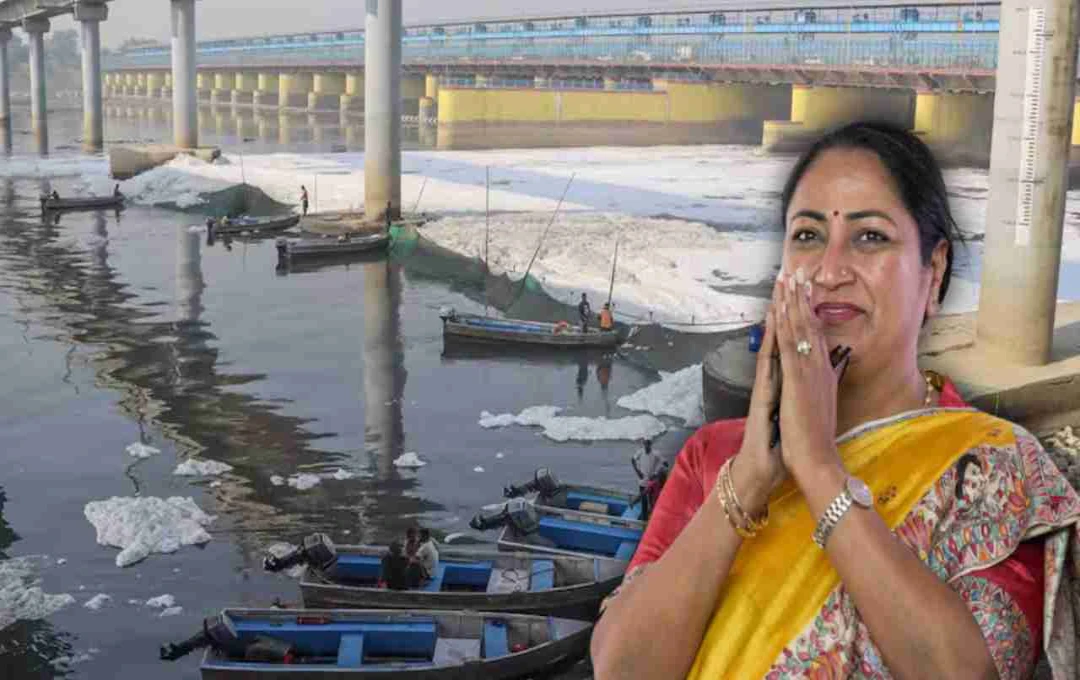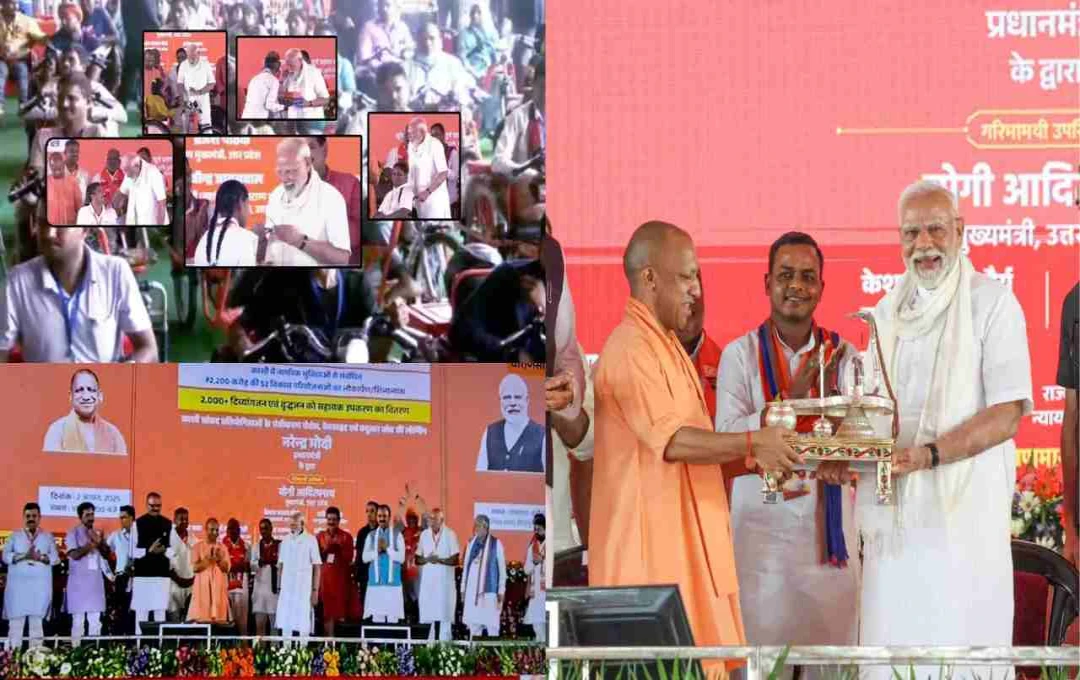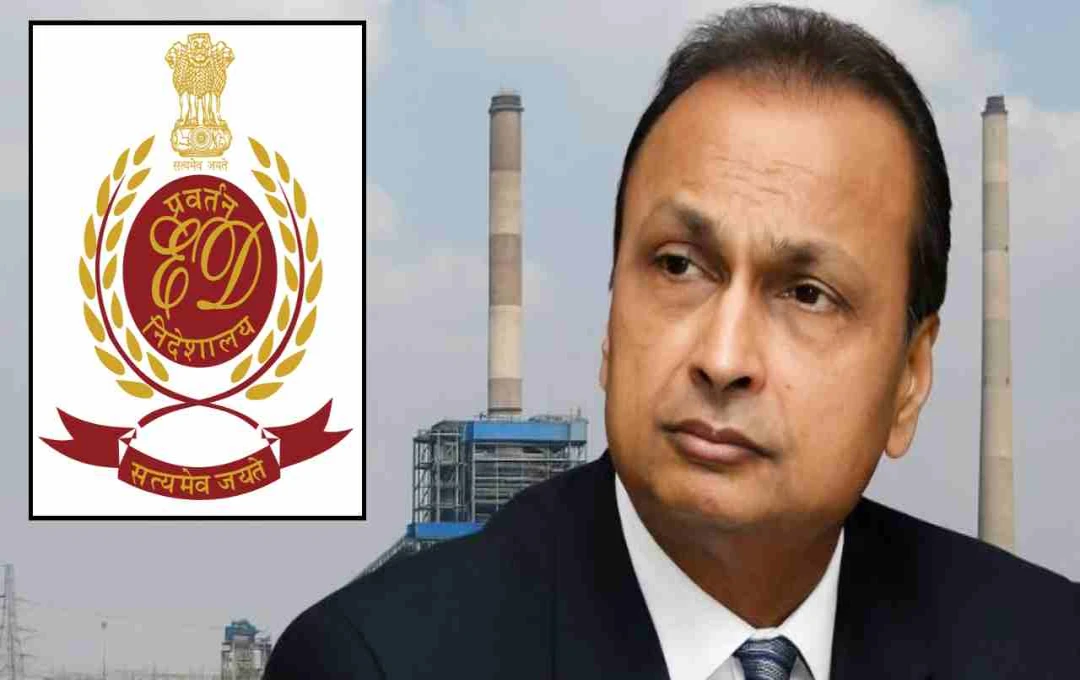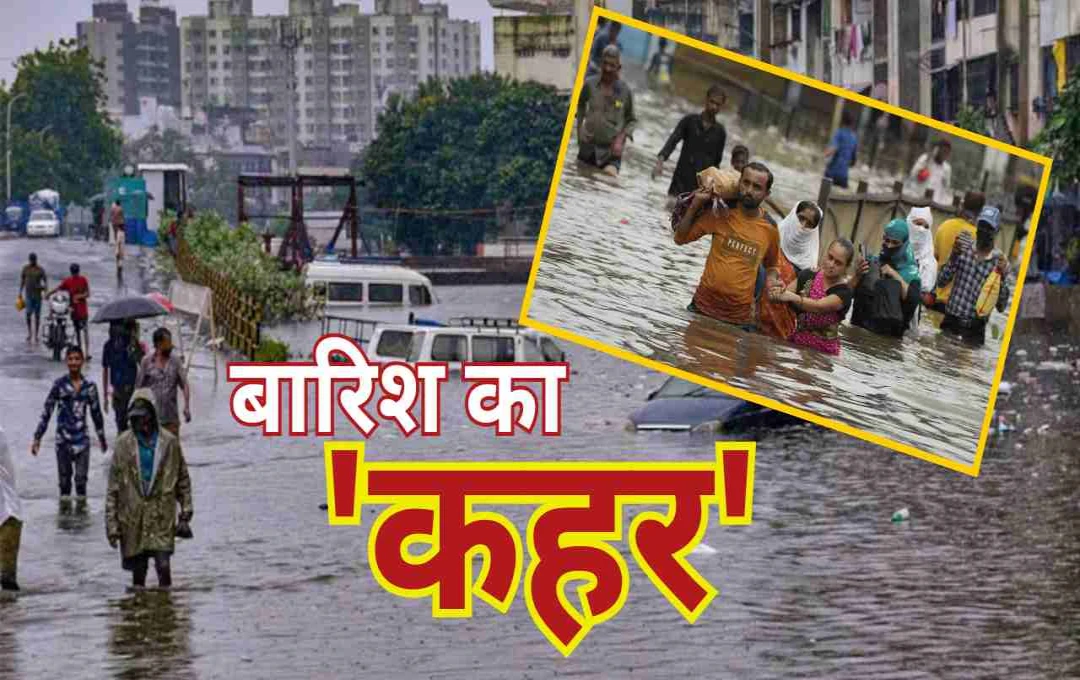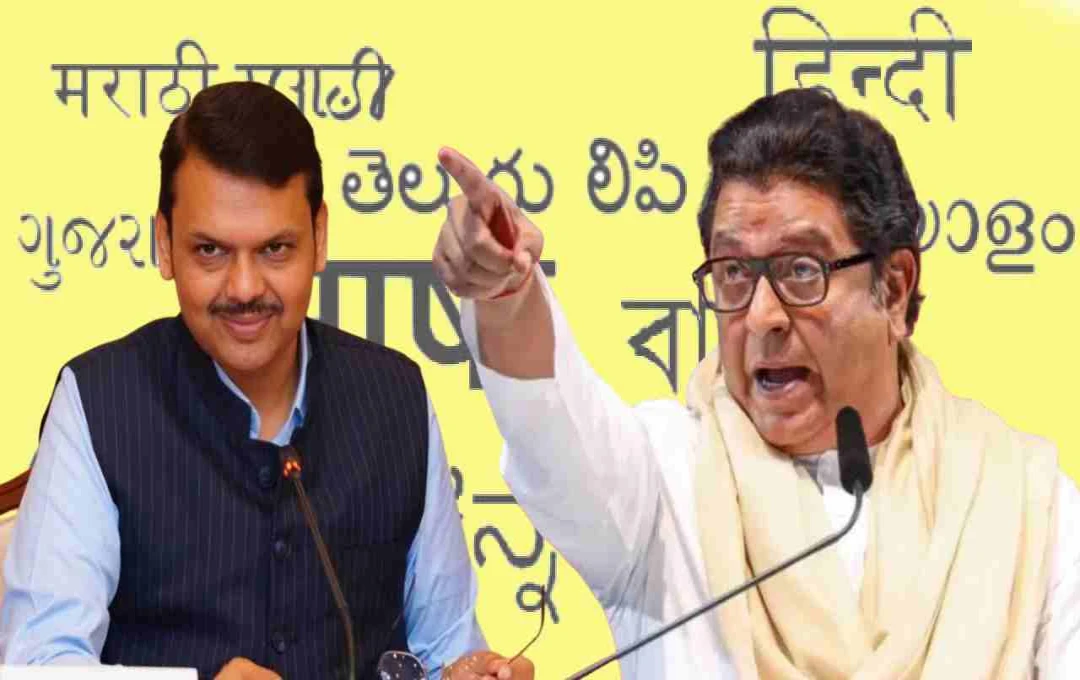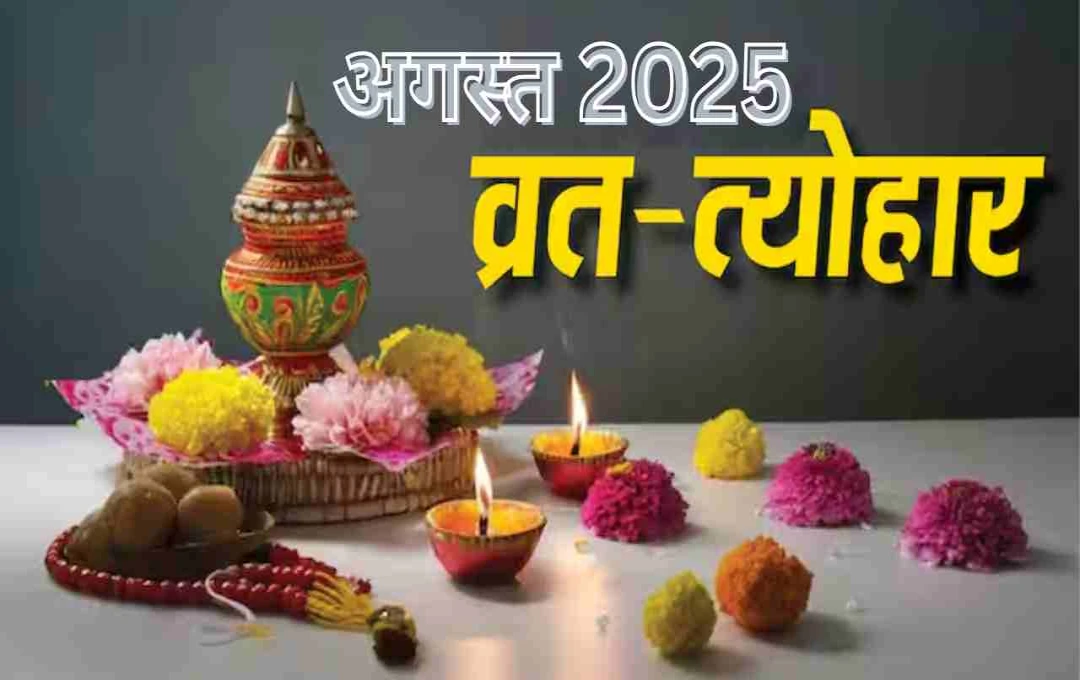The Delhi government has undertaken a significant initiative to clean the Yamuna River. A drone survey of 22 major drains will be conducted. Additionally, 360 drains will be re-verified, and water quality will be tested at 67 locations.
Delhi News: The Delhi government has launched a mission-mode operation to clean the Yamuna River. In collaboration with the National Mission for Clean Ganga (NMCG) and the Delhi Jal Board (DJB), a drone survey of 22 major drains is planned. Simultaneously, the re-verification of 360 drains, pollution testing at 67 locations, and water flow measurement will commence. The objective is to revitalize the Yamuna River.
Delhi Government's Major Mission to Clean the Yamuna
The Yamuna River, considered the lifeline of the national capital Delhi, has been plagued by pollution for decades. The Delhi government has now geared up to make it clean and flowing again. In a significant step, the government has decided to conduct a drone survey of 22 major drains that discharge into the Yamuna. Along with this, a re-verification of a total of 360 drains of varying sizes will also be undertaken.
This work will be carried out in collaboration with the National Mission for Clean Ganga (NMCG), the Delhi Jal Board (DJB), and the Central Pollution Control Board (CPCB). This will help the government understand the level and sources of polluted water flowing into the Yamuna.
Special Drone Survey of Najafgarh and Shahdara Drains
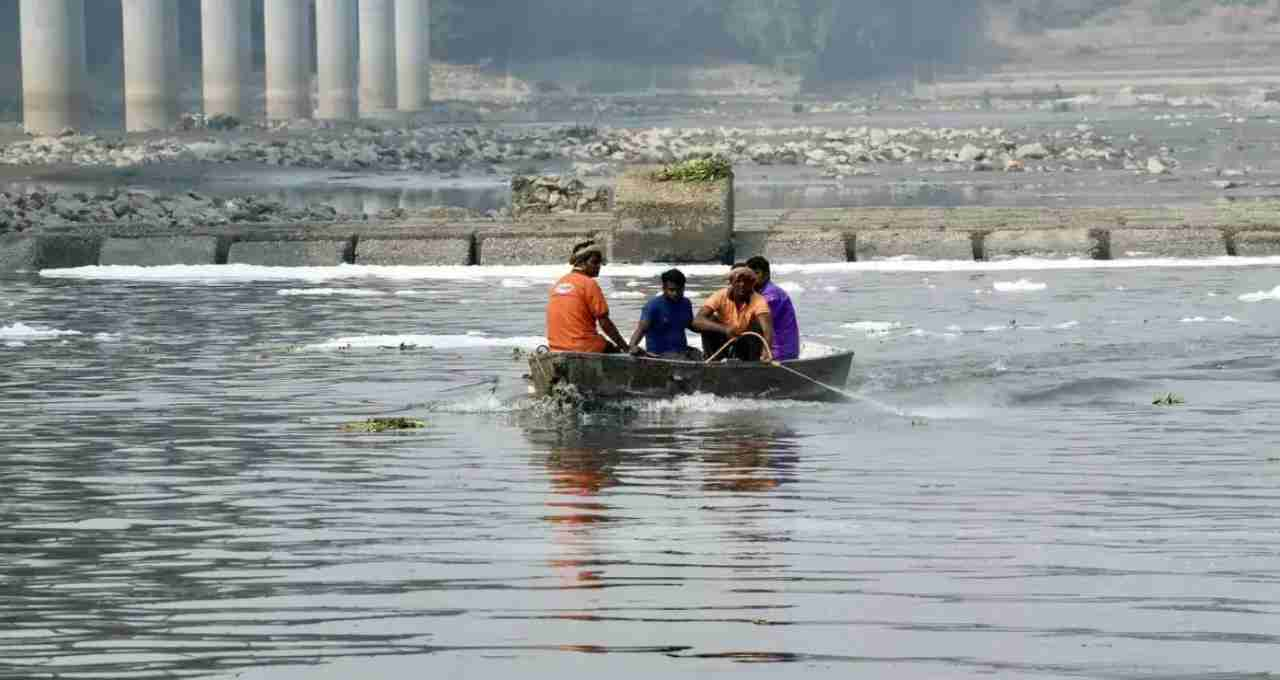
Under this plan, the drone survey will first be conducted on Delhi's two largest drains—Najafgarh and Shahdara. This survey will be completed by the National Mission for Clean Ganga by August 2025. These two drains discharge the largest amount of waste and sewage into the Yamuna. Their structure, water flow, and pollution levels will be thoroughly measured.
Delhi Jal Board to Survey the Remaining 20 Major Drains
While the central agency will conduct the survey of the two drains, the Delhi Jal Board will be responsible for surveying the remaining 20 major drains. This survey will be conducted using drone technology to closely examine the structure, inlets, and outlets of each drain. Only then can a plan be formulated to control the entry of polluted water into the Yamuna.
Re-verification of 360 Drains and Sub-drains
Delhi has a total of 360 small and large drains that, in some way, ultimately flow into the Yamuna. These will now be re-verified to ensure that the amount of polluted water entering the Yamuna from each drain is ascertained. This work will be carried out by the Central Pollution Control Board (CPCB).
Furthermore, the number, location, and structure of sub-drains connected to these drains will also be identified. This will allow for the creation of a comprehensive pollution map.
Pollution Testing at 67 Key Locations
Sixty-seven key locations have been identified for monitoring pollution in the Yamuna. Water samples will be regularly collected from these locations and tested in a laboratory. The target is to complete this work by July 2025.
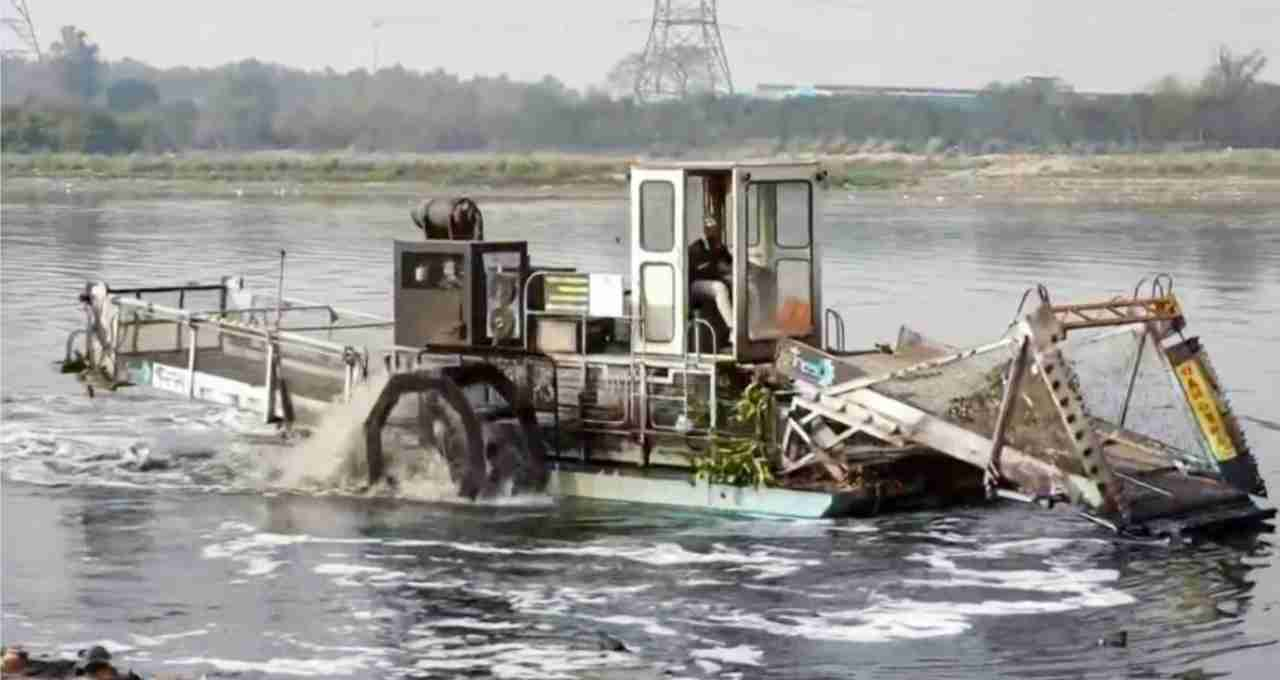
This testing process will be conducted twice a year, and permanent arrangements will be established by September 2025. These locations were selected because consistently high pollution levels have been observed there.
WAPCOS Assigned the Responsibility of Measuring Water Flow
The task of measuring water flow in drains and sub-drains has been assigned to the international consultancy firm WAPCOS. This work will be completed by July 2025. This will determine the quantity and type of waste discharged into the Yamuna from each drain.
Pollution Monitoring Devices to be Installed at 67 Locations
The Central Pollution Control Board has identified 46 locations and the Delhi Pollution Control Committee has identified 21 locations where pollution monitoring devices will be installed. These devices will provide real-time data, enabling immediate understanding of any changes in pollution levels.
Key Decisions Taken at a Meeting of the Union Ministry of Home Affairs
The framework for this entire mission was decided at a high-level meeting of the Union Ministry of Home Affairs. The meeting instructed the establishment of coordination among various agencies and the execution of tasks in mission mode to revitalize the Yamuna. The Delhi government has swiftly begun implementing these decisions.
